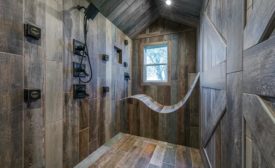Installation How-To
Heat Welding Basics for Homogeneous Sheet Vinyl
Creating vinyl sheet flooring ideal for healthcare environments
Read More
We’re rolling out the red carpet of flooring knowledge!
Stay in the know on the latest flooring retail trends.
JOIN TODAY!Copyright ©2025. All Rights Reserved BNP Media.
Design, CMS, Hosting & Web Development :: ePublishing













